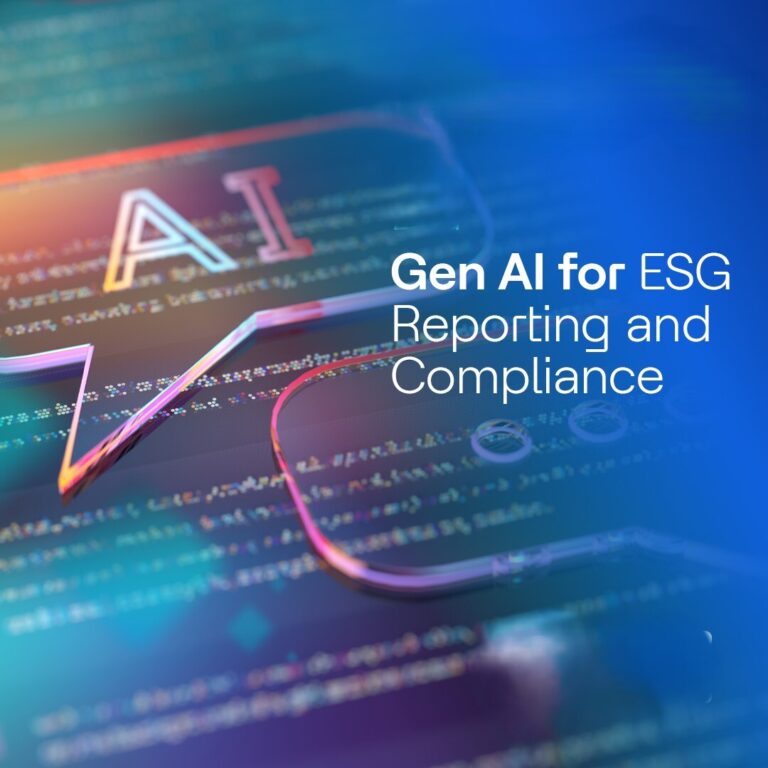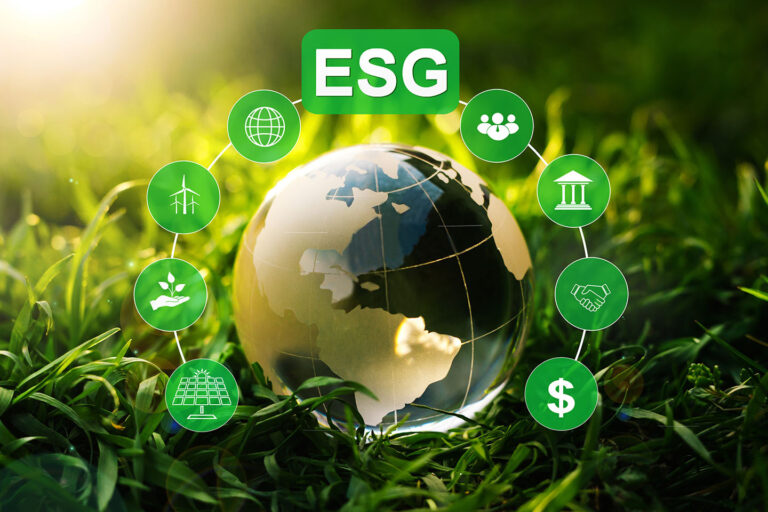To recommence with ESG in financial analysis, we will focus on how ESG will play a role in future innovations in order to even be an important part within financial considerations.
With the current interest and range on all things of environment and clean energy, it is no surprise that the innovations and investments that are on the rise and have been consistently yielding good returns are all related to ESG in some form.
- Renewable energy: the transition to a low-carbon economy is driving investment in renewable energy sources, such as soap and wind power, According to the international Energy Agency (IEA), renewable energy is the only source of energy that is growing globally.
- Electric vehicles: the growth of electric vehicles is another area that is attracting significant investment as companies seek to develop new technologies that support the transition to electric mobility. According to BloombergNEF, the market for electric vehicles is expected to grow rapidly in the coming years.
- Sustainable agriculture: investment in sustainable agriculture is on the rise, as companies seek to develop new technologies and techniques to reduce waste and increase yields while minimizing the environmental impact of agriculture, this includes precision farming techniques alternative protein sources, and new business models that prioritize sustainability.

- Green bonds: Green bonds are a type of bond that is issued to finance projects with a positive environmental impact, such as renewable energy or sustainable infrastructure. Investment in green bonds has been growing rapidly in recent years, with investors seeking to support sustainable projects while also earning a return on their investment.
Finally, the companies that prioritize sustainability and ESG factors are yielding strong results for several reasons.
- Improved risk management: companies that prioritize sustainability and ESG factors tend to have better risk management practices, by identifying and managing ESG risks, companies are better able to avoid costly lawsuits, regulatory fines, and damages to reputation.
- Cost savings: suitability initiatives can often result in cost savings for companies. For example, by reducing energy consumption, companies can lower their energy bills, while implementing waste reduction measures that can reduce the cost of waste disposal.

- Increased revenue: companies that prioritize sustainability and ESG factors are also more likely to attract customers who are concerned about sustainability issues which can result in increased revenue and market share for the company.
- Long-term value: sustainability and ESG factors are important indicators of long-term value for companies. By prioritizing sustainability, companies are better able to position themselves for long-term success and create value for shareholders over the long-term.
In conclusion, companies that prioritize sustainability and ESG factors are more likely to be well-managed, attract customers and investors, and create long-term value for shareholders. As a result, these companies are yielding strong results in terms of financial performance and overall sustainability.












